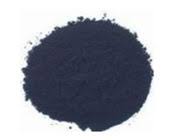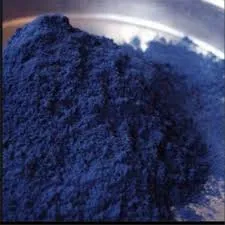Indigo Blue Vat Blue


For anyone investing in indigo dyed textiles, understanding the story behind each piece enhances its value. Each item not only represents a tangible connection to a rich history but also symbolizes the artisan's cultural heritage and personal dedication. This understanding nurtures a deeper appreciation for owning such unique items, whether they are worn as clothing or displayed as art. Moreover, the durability of indigo dyed cloth is noteworthy. Due to the natural dye's inherent properties, it forms a strong bond with the fibers. Over time, instead of fading, indigo develops a charming patina that adds to its appeal. Maintaining an indigo garment involves specific care practices to preserve its color and texture, such as washing with pH-neutral soap and keeping it away from prolonged exposure to sunlight. By adhering to proper care recommendations, indigo dyed garments can last for generations. Ultimately, purchasing and wearing indigo dyed cloth is a statement of taste, quality, and environmental consciousness. The allure of indigo bridges the past and present, reflecting a timeless aesthetic and values that continue to inspire consumers worldwide. Engaging with this product translates into not only a fashionable choice but a meaningful connection to tradition and sustainable future practices. In conclusion, indigo dyed cloth embodies a rich historical tradition with modern relevance. As both an art form and eco-friendly textile, it stands as a testament to skilled craftsmanship and sustainable production practices. With its deep cultural roots and modern innovations, it continues to attract discerning consumers looking for authenticity and quality.
-
The Timeless Art of Denim Indigo Dye
NewsJul.01,2025
-
The Rise of Sulfur Dyed Denim
NewsJul.01,2025
-
The Rich Revival of the Best Indigo Dye
NewsJul.01,2025
-
The Enduring Strength of Sulphur Black
NewsJul.01,2025
-
The Ancient Art of Chinese Indigo Dye
NewsJul.01,2025
-
Industry Power of Indigo
NewsJul.01,2025
-
Black Sulfur is Leading the Next Wave
NewsJul.01,2025

Sulphur Black
1.Name: sulphur black; Sulfur Black; Sulphur Black 1;
2.Structure formula:
3.Molecule formula: C6H4N2O5
4.CAS No.: 1326-82-5
5.HS code: 32041911
6.Product specification:Appearance:black phosphorus flakes; black liquid

Bromo Indigo; Vat Bromo-Indigo; C.I.Vat Blue 5
1.Name: Bromo indigo; Vat bromo-indigo; C.I.Vat blue 5;
2.Structure formula:
3.Molecule formula: C16H6Br4N2O2
4.CAS No.: 2475-31-2
5.HS code: 3204151000 6.Major usage and instruction: Be mainly used to dye cotton fabrics.

Indigo Blue Vat Blue
1.Name: indigo blue,vat blue 1,
2.Structure formula:
3.Molecule formula: C16H10N2O2
4.. CAS No.: 482-89-3
5.Molecule weight: 262.62
6.HS code: 3204151000
7.Major usage and instruction: Be mainly used to dye cotton fabrics.

